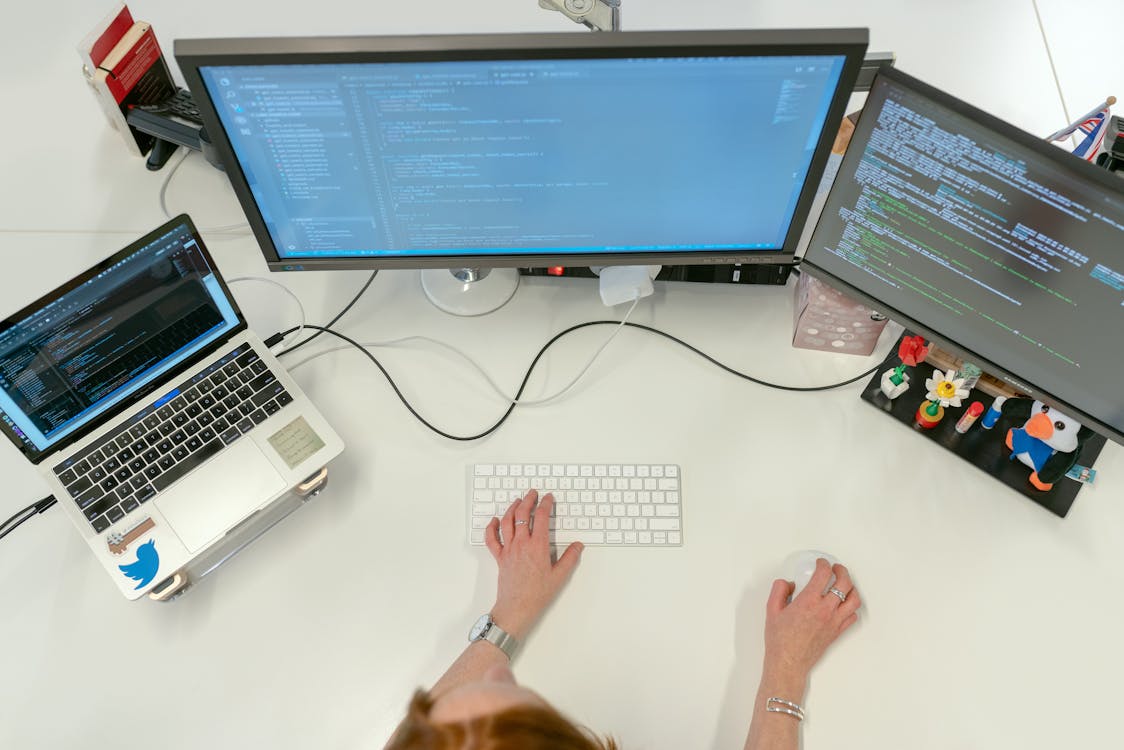Concept of training vs testing
Description
In machine learning, the concepts of training and testing refer to how data is used to build and evaluate models. Proper separation of these datasets ensures that the model generalizes well to unseen data and avoids overfitting.
Training Data
Training data is the portion of the dataset used to teach the machine learning model. The model learns patterns, relationships, and structures from this data by adjusting its parameters.
- Used to fit the model
- Contains input-output pairs (features and labels in supervised learning)
- Directly influences how well the model learns
Testing Data
Testing data is a separate portion of the dataset used to evaluate the model’s performance on unseen data. It checks how well the model generalizes beyond the training data.
- Not used during model training
- Used to estimate real-world performance
- Helps detect overfitting or underfitting
Importance of Train-Test Split
Dividing data into training and testing sets is essential to validate that the model can perform well on new data and not just memorize the training examples.
Examples
Python Example of Train-Test Split and Model Evaluation
from sklearn.datasets import load_iris
from sklearn.model_selection import train_test_split
from sklearn.tree import DecisionTreeClassifier
from sklearn.metrics import accuracy_score
# Load dataset
iris = load_iris()
X, y = iris.data, iris.target
# Split into train and test sets (80% train, 20% test)
X_train, X_test, y_train, y_test = train_test_split(X, y, test_size=0.2, random_state=42)
# Train the model
model = DecisionTreeClassifier()
model.fit(X_train, y_train)
# Predict on test data
y_pred = model.predict(X_test)
# Evaluate accuracy
print("Test Accuracy:", accuracy_score(y_test, y_pred))
Real-World Applications
Training vs Testing Applications
- Medical Diagnosis: Models trained on historical patient data, tested on unseen patient records to validate accuracy before clinical deployment.
- Spam Detection: Email classifiers trained on labeled emails and tested on new emails to filter spam effectively.
- Autonomous Vehicles: Training on driving data under various conditions, testing on new scenarios to ensure safety and reliability.
- Speech Recognition: Training on voice samples from multiple speakers, testing on new voices to ensure system robustness.

Resources
The following resources will be manually added later:
Video Tutorials
Interview Questions
1. Why is it important to split data into training and testing sets?
Splitting data helps evaluate how well the model generalizes to unseen data, preventing overfitting by testing the model on data it hasn't seen during training.
2. What is overfitting and how does it relate to training and testing data?
Overfitting happens when a model learns noise or details from training data too well, causing poor performance on testing or new data because it doesn't generalize.
3. How can you ensure that the train-test split is representative of the whole dataset?
By using techniques like stratified sampling, random shuffling, and ensuring the split maintains the distribution of classes or features in both sets.
4. What is the difference between training error and testing error?
Training error measures performance on the training set, while testing error measures performance on unseen data. A big gap often indicates overfitting.
5. Can you train and test a model on the same data?
It is not recommended because it causes overfitting and does not provide a realistic estimate of how the model will perform on new data.